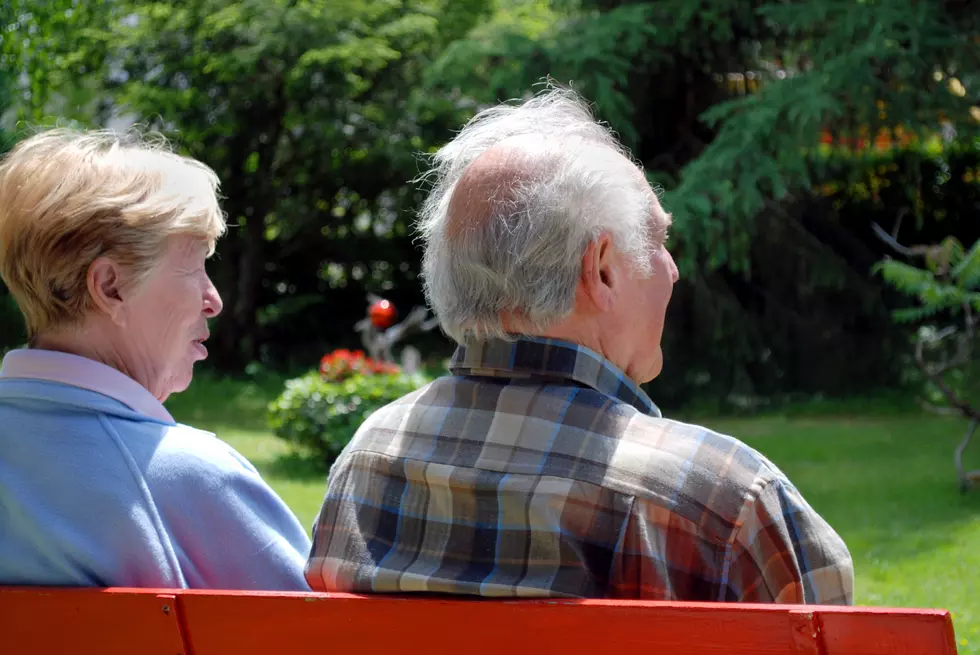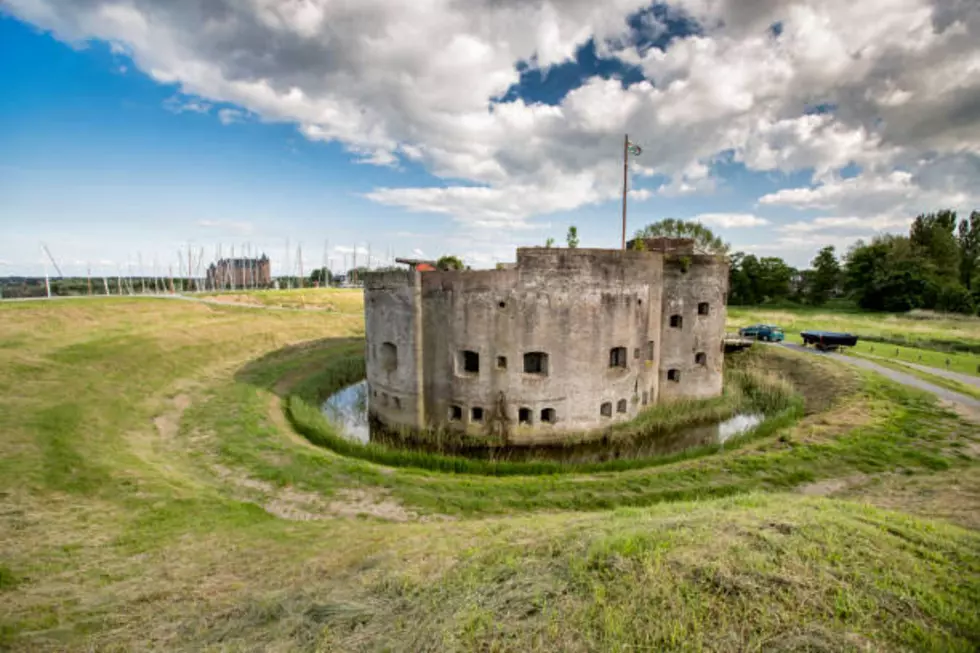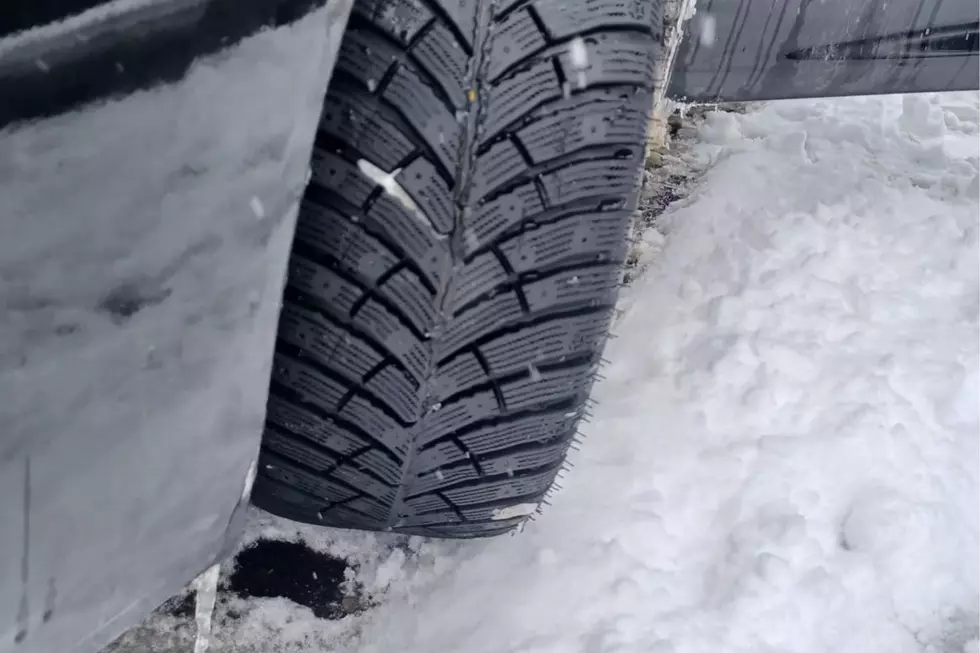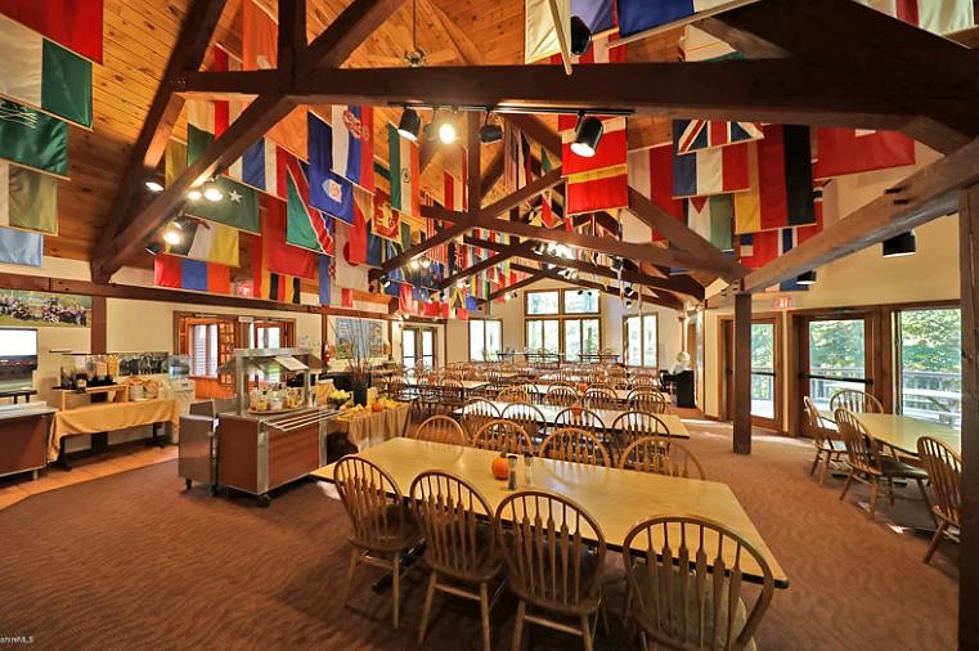
Massachusetts, Frustrated You Can’t Find Rapid Tests? Good News!
Boy, it seems like lately, everyone's talking about trying to find at-home rapid COVID-19 tests, but no one's having any luck because they're flying off store shelves at a record-setting pace. Well, it looks like we're going to get some help in that area.
According to Mass.gov, the Baker-Polito administration announced earlier today that the Bay State will be on the receiving end of millions of rapid tests over the next three months.
In the media statement, Governor Baker announced on Tuesday a new contract that will bring 26 million rapid antigen COVID-19 tests to Massachusetts over the course of the next three months.
The upshot of the announcement is that apparently, Governor Baker wants more people to utilize COVID-19 rapid testing kits instead of waiting in long lines for a PCR test.
According to the Massachusetts Department of Public Health, a rapid test does not need to be confirmed by a PCR test. That means that rapid tests should be perfectly acceptable for schools, child care centers, and employers who require people to get tested in order to return to the work.
Baker says that rapid tests can give results within a matter of minutes and are reliable ways to detect COVID-19. PCR tests, however, can take anywhere from 24 to 72 hours to get results back. Baker also speculated that many people that are waiting in long lines to get a PCR test simply don't need one.
Bottom line? An additional shipment of iHealth COVID-19 Antigen Rapid test kits is on the way. The amount of testing kits expected is 26 million over the next three months, timing and shipment amounts will vary depending on international shipping and production variables.
Governor Baker also stressed that the test kits will first be prioritized for public schools and child care centers in order to keep kids in class before they are made available to other entities.
For more on the story, please visit Mass.gov's website here.
Answers to 25 common COVID-19 vaccine questions
LOOK: Famous Historic Homes in Every State
KEEP LOOKING: See what 50 company logos looked like then and now
LOOK: See how much gasoline cost the year you started driving
More From WBEC AM









